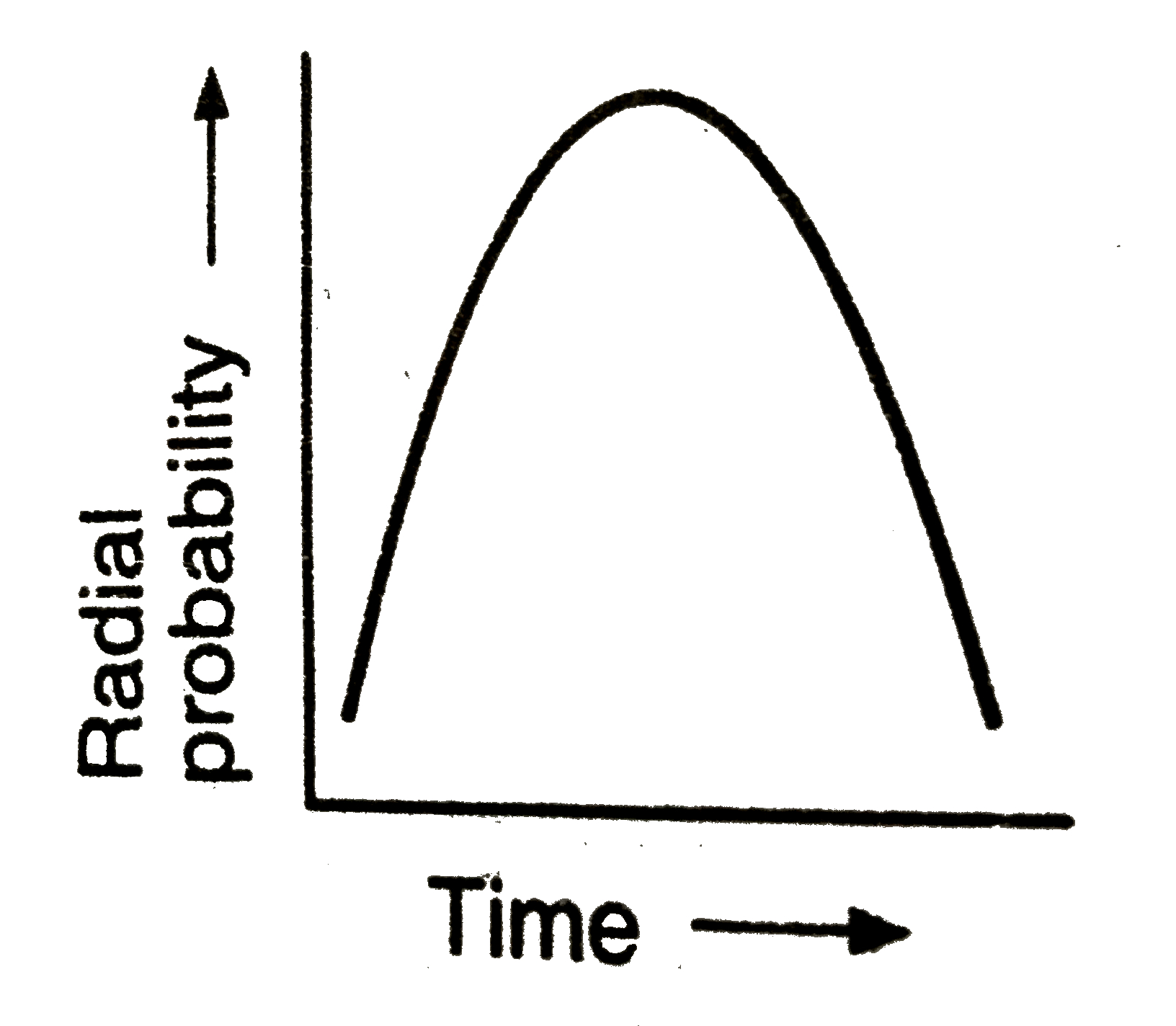The radial probability distribution curve for an orbitals comprises of 3 maxima. If the orbital has 3 angular nodes as well, then the orbital can be:
A
5f
B
7d
C
6f
D
7f
Text Solution
The correct Answer is:C
|
Topper's Solved these Questions
- GRAPHICAL INTERPRETATIONBOOK - GRB PUBLICATIONCHAPTER - GRAPHICAL INTERPRETATIONEXERCISE - D. Liquid Solutions
1 Videos
- GRAPHICAL INTERPRETATIONBOOK - GRB PUBLICATIONCHAPTER - GRAPHICAL INTERPRETATIONEXERCISE - Liquid Solutions
12 Videos
- GRAPHICAL INTERPRETATIONBOOK - GRB PUBLICATIONCHAPTER - GRAPHICAL INTERPRETATIONEXERCISE - C. Atomic Sturcture
1 Videos
- F-BLOCK ELEMENTSBOOK - GRB PUBLICATIONCHAPTER - F-BLOCK ELEMENTSEXERCISE - Subjective type
7 Videos
- HYDROCARBON (ALIPHATIC)BOOK - GRB PUBLICATIONCHAPTER - HYDROCARBON (ALIPHATIC)EXERCISE - Previous years jee questions
28 Videos
Similar Questions
Knowledge Check
The radial probability distribution curve of an orbital of H has '4' local maxima . If orbital has 3 angular node then orbital will be :
A7 fB8fC7dD8d
Radial probability distribution curve is shown for s-orbital. The curve is:A1sB2sC3sD4sThere are two nodes in the radial probability distribution curve for the orbital with
An=2,n=0Bn=3,l=1Cn=4,l=3Dn=3,l=0
The number of nodes possible in radial probability distribution curve of 3d orbital is
View SolutionHow many radial and angular nodes are present in 2p orbital.
View Solutionwhich of the following orbitals has three angular nodes?
View SolutionThe radial probability distribution curve obtined for an orbital wave function (Φ) has 3 peaks and 2 radial nodes. The valence electron of which one of the following metals does this wave function (Φ) correspond to.
View Solutionwhich of the following orbitals has three angular nodes?
View Solution
